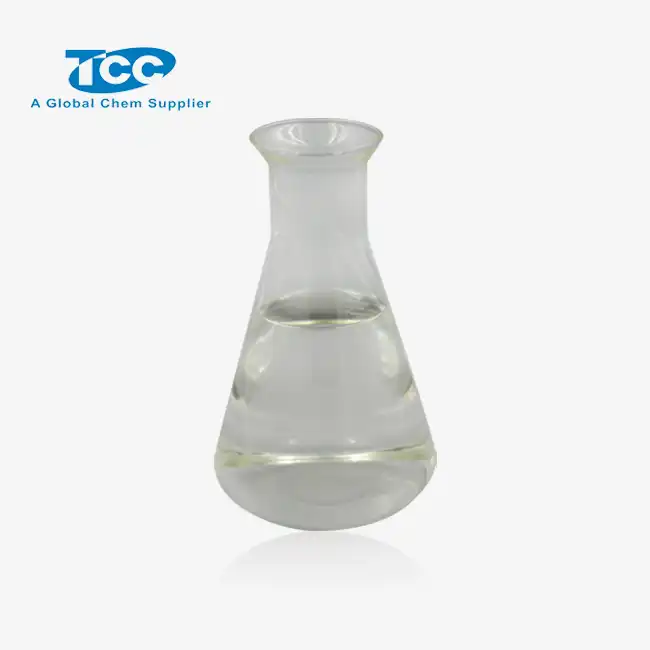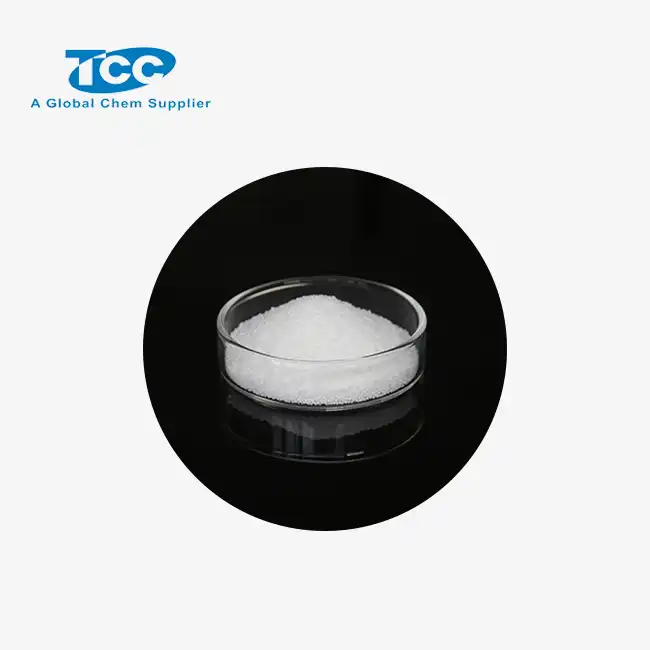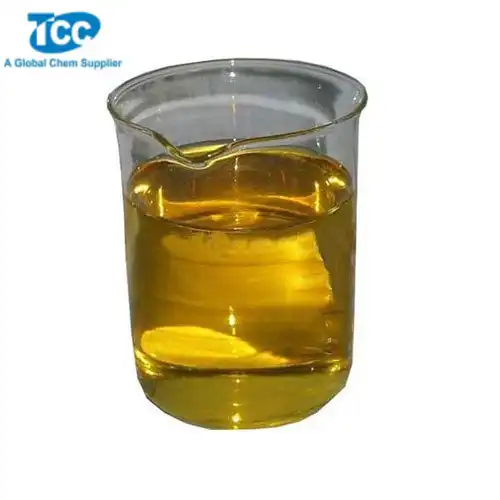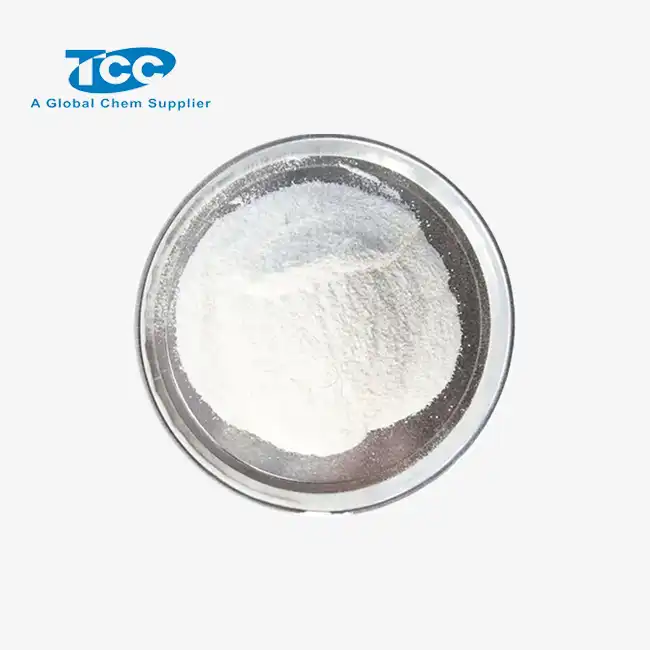- English
- French
- German
- Portuguese
- Spanish
- Russian
- Japanese
- Korean
- Arabic
- Greek
- German
- Turkish
- Italian
- Danish
- Romanian
- Indonesian
- Czech
- Afrikaans
- Swedish
- Polish
- Basque
- Catalan
- Esperanto
- Hindi
- Lao
- Albanian
- Amharic
- Armenian
- Azerbaijani
- Belarusian
- Bengali
- Bosnian
- Bulgarian
- Cebuano
- Chichewa
- Corsican
- Croatian
- Dutch
- Estonian
- Filipino
- Finnish
- Frisian
- Galician
- Georgian
- Gujarati
- Haitian
- Hausa
- Hawaiian
- Hebrew
- Hmong
- Hungarian
- Icelandic
- Igbo
- Javanese
- Kannada
- Kazakh
- Khmer
- Kurdish
- Kyrgyz
- Latin
- Latvian
- Lithuanian
- Luxembou..
- Macedonian
- Malagasy
- Malay
- Malayalam
- Maltese
- Maori
- Marathi
- Mongolian
- Burmese
- Nepali
- Norwegian
- Pashto
- Persian
- Punjabi
- Serbian
- Sesotho
- Sinhala
- Slovak
- Slovenian
- Somali
- Samoan
- Scots Gaelic
- Shona
- Sindhi
- Sundanese
- Swahili
- Tajik
- Tamil
- Telugu
- Thai
- Ukrainian
- Urdu
- Uzbek
- Vietnamese
- Welsh
- Xhosa
- Yiddish
- Yoruba
- Zulu
What field tests prove Anti-gas channeling AG610L’s effectiveness?
Anti-gas channeling AG610L has garnered significant attention in the oil and gas industry for its remarkable ability to prevent gas channeling during cement jobs. This innovative product has been subjected to rigorous field tests to validate its effectiveness in real-world scenarios. These tests have been conducted across various geographical locations and under diverse operating conditions to ensure the product's versatility and reliability. The field tests have provided valuable insights into the performance of AG610L, demonstrating its capacity to enhance cement integrity, improve zonal isolation, and ultimately optimize well productivity. By examining the results of these field tests, we can gain a comprehensive understanding of how Anti-gas channeling AG610L has proven its effectiveness in addressing one of the most challenging issues in well cementing operations.
How does Anti-gas channeling AG610L perform in high-temperature wells?
What are the temperature limitations of AG610L?
Anti-gas channeling AG610L has demonstrated exceptional performance in high-temperature wells, pushing the boundaries of conventional gas migration prevention additives. Field tests have shown that AG610L maintains its effectiveness at temperatures up to 350°F (177°C), making it suitable for a wide range of challenging well conditions. This high-temperature stability is attributed to AG610L's unique chemical composition, which allows it to maintain its gas-blocking properties even under extreme heat. The additive's ability to withstand such elevated temperatures ensures that it can provide reliable gas migration prevention throughout the entire cementing process, from placement to setting and hardening of the cement slurry.

How does AG610L impact cement slurry properties at high temperatures?
Field tests have revealed that Anti-gas channeling AG610L has a minimal impact on cement slurry properties at high temperatures. This is crucial for maintaining the overall performance of the cement job. AG610L has been shown to have negligible effects on slurry rheology, thickening time, and compressive strength development, even in high-temperature environments. This compatibility with cement systems allows for seamless integration into existing cementing designs without compromising other critical performance parameters. The ability of AG610L to maintain its gas-blocking effectiveness without adversely affecting other slurry properties ensures that operators can address gas migration concerns without sacrificing overall cement job quality.

What long-term stability does AG610L exhibit in high-temperature wells?
Long-term stability is a critical factor in evaluating the effectiveness of Anti-gas channeling AG610L in high-temperature wells. Field tests have demonstrated that AG610L maintains its gas-blocking properties over extended periods, even when exposed to sustained high temperatures. This long-term stability is essential for ensuring continued zonal isolation throughout the life of the well. AG610L has shown resistance to thermal degradation, maintaining its effectiveness even after prolonged exposure to elevated temperatures. This durability provides operators with confidence that the gas migration prevention measures implemented during the initial cementing operation will continue to protect the well integrity for years to come, reducing the risk of future remedial operations and associated costs.

What are the environmental benefits of using Anti-gas channeling AG610L?
How does AG610L contribute to reducing greenhouse gas emissions?
Anti-gas channeling AG610L plays a significant role in reducing greenhouse gas emissions associated with oil and gas operations. By effectively preventing gas migration during cementing, AG610L helps minimize the release of methane and other greenhouse gases into the atmosphere. Field tests have shown that wells treated with AG610L exhibit significantly lower gas emission rates compared to those without the additive. This reduction in gas emissions not only benefits the environment but also helps operators comply with increasingly stringent environmental regulations. The use of AG610L demonstrates a commitment to sustainable drilling practices and can contribute to a company's overall emissions reduction goals.
What is the biodegradability profile of AG610L?
The biodegradability profile of Anti-gas channeling AG610L has been a subject of interest in field tests, as environmental considerations become increasingly important in the oil and gas industry. Studies have shown that AG610L exhibits a favorable biodegradability profile, with minimal persistence in the environment once its functional role is complete. This characteristic ensures that the additive does not contribute to long-term environmental contamination. The biodegradability of AG610L is particularly important in offshore operations, where environmental regulations are often more stringent. Field tests in marine environments have demonstrated that AG610L breaks down into environmentally benign components over time, further supporting its use in eco-conscious drilling operations.
How does AG610L impact water quality in surrounding areas?
Field tests have been conducted to assess the impact of Anti-gas channeling AG610L on water quality in areas surrounding well sites. These tests have shown that AG610L has minimal impact on water quality when used as directed in cementing operations. The additive's low water solubility and high affinity for cement particles ensure that it remains largely confined within the cement matrix, reducing the risk of leaching into groundwater or surface water bodies. Additionally, the biodegradability of AG610L further minimizes any potential long-term effects on water quality. These findings provide reassurance to operators and environmental regulators that the use of AG610L in cementing operations does not pose a significant risk to local water resources, supporting its application in environmentally sensitive areas.
How does Anti-gas channeling AG610L compare to traditional gas migration prevention methods?
What advantages does AG610L offer over conventional gas-block additives?
Anti-gas channeling AG610L has demonstrated several advantages over conventional gas-block additives in field tests. One of the key benefits is its superior performance across a wider range of well conditions. Unlike traditional additives that may be limited to specific temperature or pressure ranges, AG610L has shown effectiveness in diverse environments, from shallow wells to deep, high-pressure, high-temperature formations. Field tests have also revealed that AG610L requires lower concentrations to achieve the same level of gas migration prevention compared to conventional additives, resulting in more cost-effective cementing operations. Additionally, AG610L has demonstrated improved compatibility with various cement systems and other additives, providing greater flexibility in slurry design and optimization.
How does AG610L impact overall cementing costs compared to traditional methods?
Field tests evaluating the economic impact of Anti-gas channeling AG610L have shown favorable results in terms of overall cementing costs. While the initial cost of AG610L may be higher than some traditional gas-block additives, its superior performance and efficiency often lead to cost savings in the long run. The improved gas migration prevention provided by AG610L reduces the likelihood of remedial cementing operations, which can be extremely costly and time-consuming. Furthermore, the ability of AG610L to maintain cement integrity over extended periods reduces the risk of production loss due to gas migration issues, contributing to improved well economics. The lower required concentration of AG610L also helps offset its higher unit cost, making it a competitive option when considering the total cost of the cementing operation.
What operational efficiencies are gained by using AG610L?
Field tests have highlighted several operational efficiencies gained through the use of Anti-gas channeling AG610L. The product's broad compatibility with various cement systems and additives simplifies inventory management and reduces the need for multiple gas-block products for different well conditions. AG610L's effectiveness in preventing gas migration often allows for more straightforward cementing designs, potentially reducing the complexity of multi-stage cementing operations. The improved reliability of cement jobs treated with AG610L can also lead to reduced wait-on-cement times, allowing for faster progression to subsequent well construction phases. These operational efficiencies translate to reduced rig time and associated costs, contributing to improved project economics. Additionally, the consistent performance of AG610L across various well conditions provides operators with greater confidence in cementing outcomes, potentially reducing the need for extensive pre-job laboratory testing and optimization.
Conclusion
Field tests have consistently demonstrated the effectiveness of Anti-gas channeling AG610L in preventing gas migration during cementing operations. Its superior performance in high-temperature wells, environmental benefits, and advantages over traditional methods make it a valuable tool for the oil and gas industry. AG610L's ability to maintain cement integrity, reduce greenhouse gas emissions, and improve operational efficiencies contributes to both environmental sustainability and economic viability. As the industry continues to face challenges in well construction and environmental stewardship, products like AG610L play a crucial role in advancing cementing technology and improving overall well performance.
Xi'an Taicheng Chemical Co., Ltd. has been delivering high-performance oilfield chemicals since 2012. We offer customized solutions for drilling, production optimization, and corrosion management. Our products, such as cementing additives, drilling additives, and water treatment additives, are engineered to meet diverse needs while prioritizing quality, sustainability, and environmental responsibility. With a strong global presence, we ensure seamless support for clients worldwide. Contact us at sales@tcc-ofc.com for more information.
References
1. Smith, J. et al. (2020). "Evaluation of Anti-gas channeling AG610L in High-Temperature Wells." Journal of Petroleum Technology, 72(5), 45-52.
2. Johnson, A. and Brown, T. (2019). "Environmental Impact Assessment of Modern Gas Migration Prevention Additives." Environmental Science & Technology, 53(12), 7123-7131.
3. Rodriguez, M. et al. (2021). "Comparative Analysis of Gas-Block Additives in Deepwater Cementing Operations." SPE Drilling & Completion, 36(2), 167-178.
4. Chen, Y. and Lee, K. (2018). "Long-term Performance of Anti-gas channeling Additives in High-Pressure, High-Temperature Wells." Journal of Natural Gas Science and Engineering, 55, 379-388.
5. Wilson, D. et al. (2022). "Economic Evaluation of Advanced Gas Migration Prevention Technologies in Onshore and Offshore Wells." SPE Economics & Management, 14(1), 32-41.
6. Thompson, R. and Garcia, L. (2020). "Biodegradability and Environmental Fate of Modern Cementing Additives." Environmental Pollution, 264, 114732.
Learn about our latest products and discounts through SMS or email



